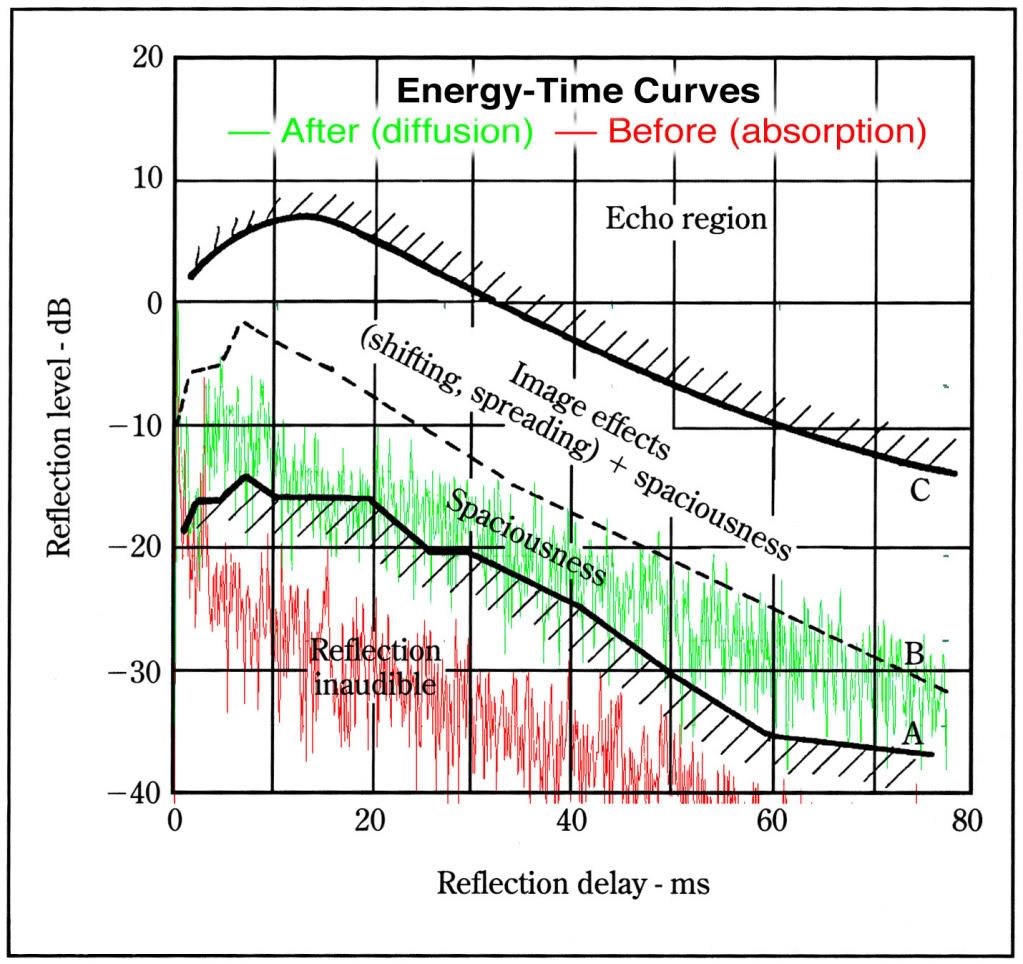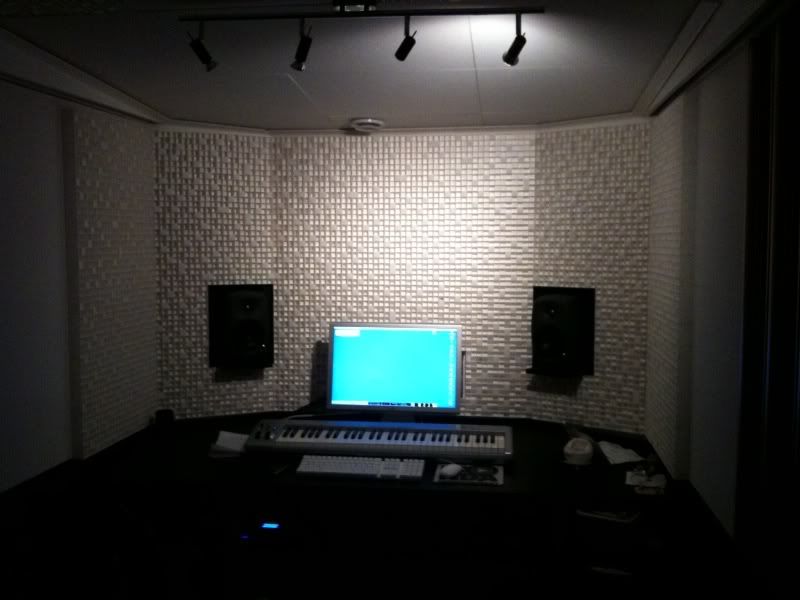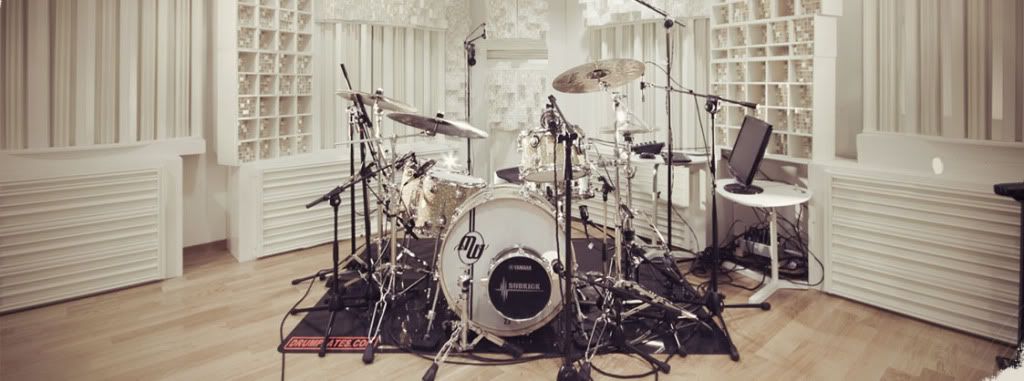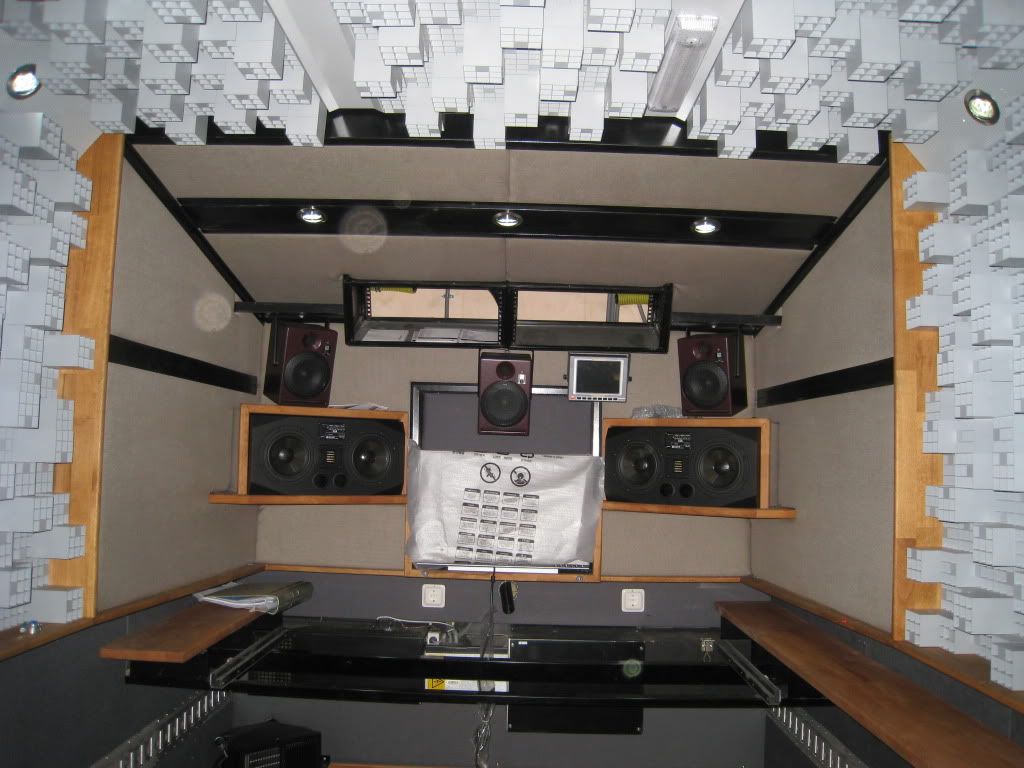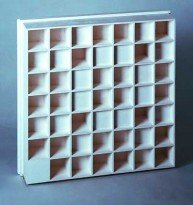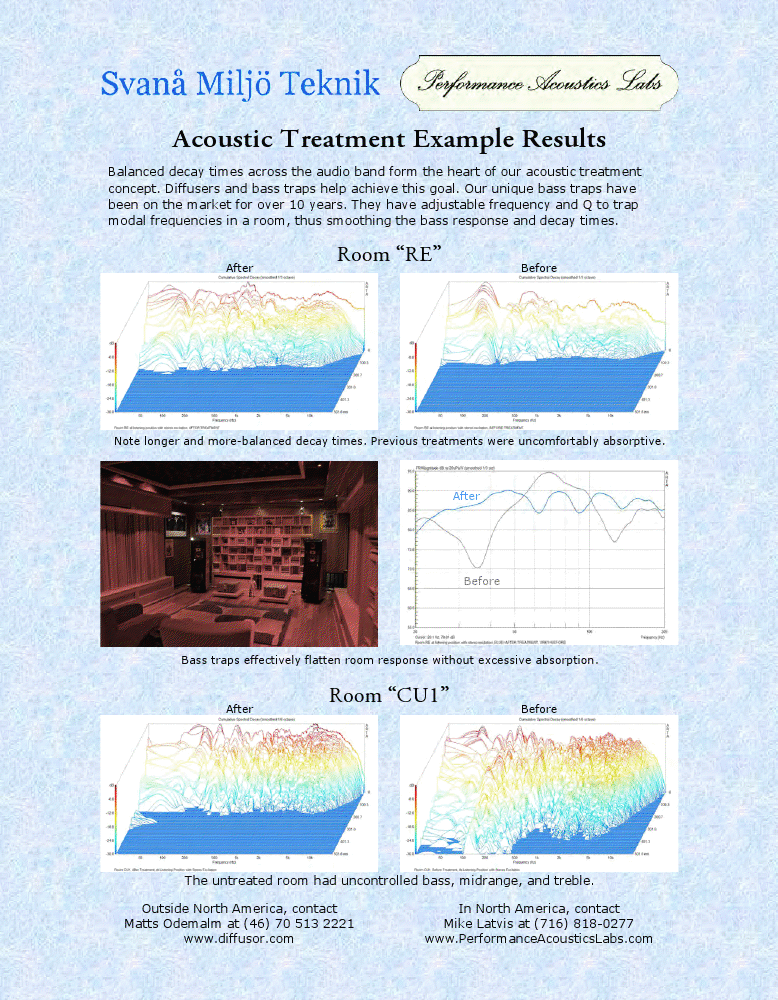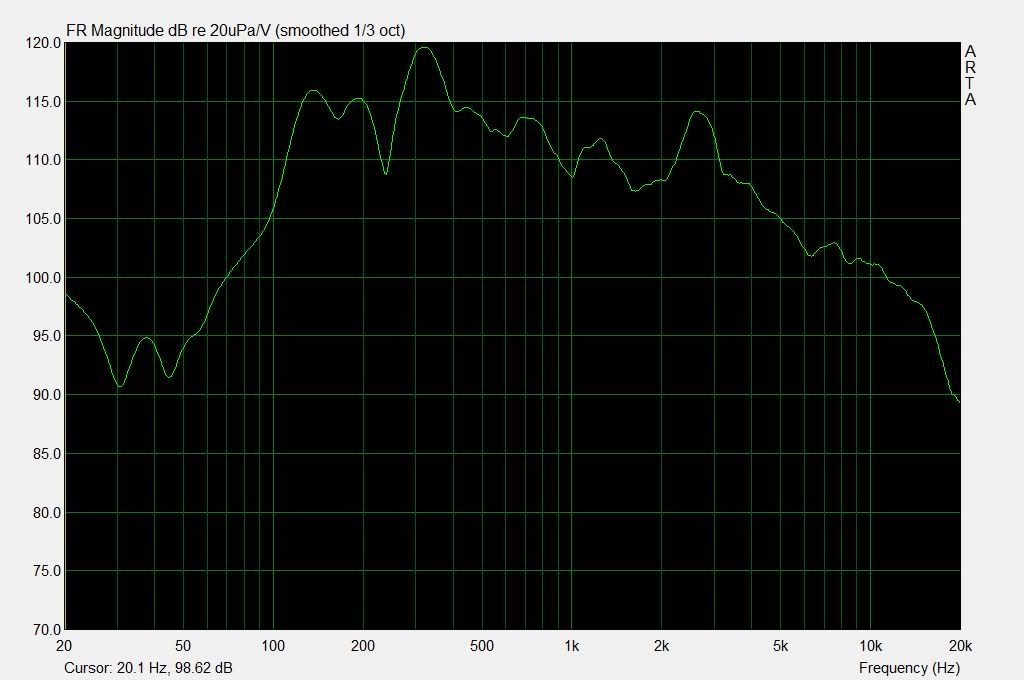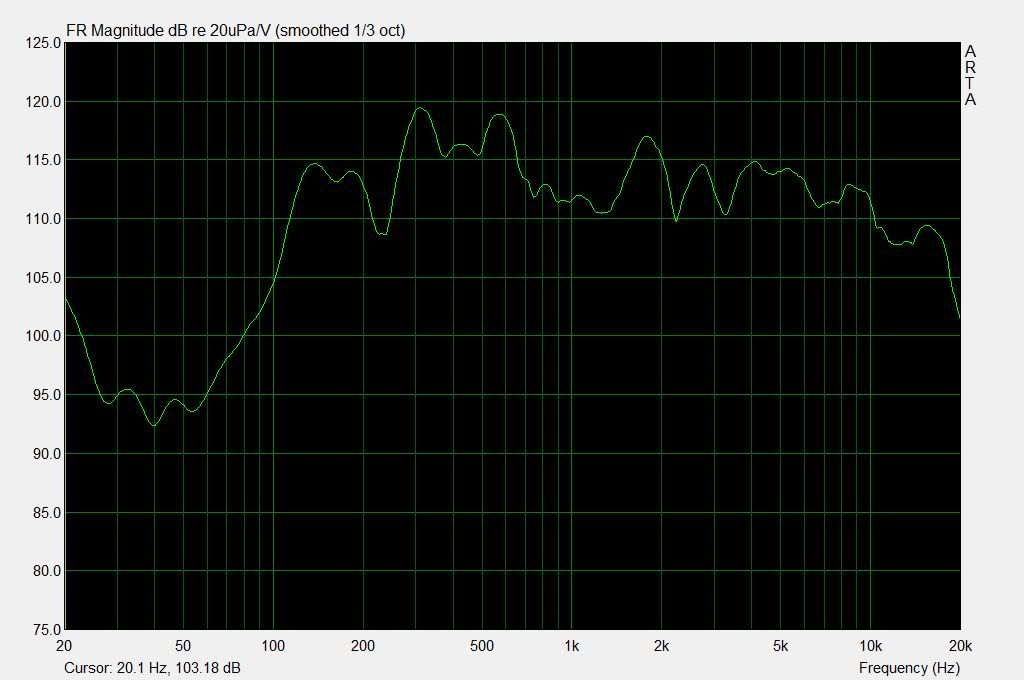Hi Orso
Absobtion vs diffusion was generally talking
Soft absorbers on first reflection points in a listenngroom colour the sound
The room contribute somewere between 40 -60 % of the total soundexperients, so its important that the listening rooms contribution is a broadbanded copy of the speakers respons
Check whats happening with the higher frequences when you put a 200mm soft absorber on first refelction piont The frequence respons is time seperated from the speaker respons
200mm absorber
The Wooden Wing
Before and after measurments from a Haugeland customer that wanted to transform absorbtion to Svanå diffusion (Wings GH and PC 1200)
Just to make everything clear:
I understand that not all mixers want to unmask the sound to a point my concept go, so I have full respect for acousticans and mixers/listeners that choose other concepts then my own Svanå Acoustic Level 1-3
The bigger part of my buissness is to deliver panels or modules that acousticans (most in Scandinavia ) have suggested for there clients
Over the years have my own concept grown compared to my total turnover ( Proaudio ,Hifi ,HT, commercial cinemas ,musical schools, concert halls etc )
Svanå Acoustic ,Level 1-3, is a upgrade module system and each step gradually remove both Frequence Masking and Time Masking
All levels also fullfill 2.2 EUB Tech 3276 (see below)
(using omnidirectional speakers in level 2-3 rooms activate the diffusors more and as you can see below create dense early reflection just 5 dB down)
ISD is not mentioned in the std
from tech 3276
2.2. Early reflections
Early reflections are defined as reflections from boundary surfaces or other surfaces in the room which
reach the listening area within the first 15 ms after the arrival of the direct sound. The levels of these reflections
should be at least 10 dB below the level of the direct sound for all frequencies in the range 1 kHz to 8 kHz.
The amplitude and frequency responses of individual reflections may be derived from a measurement of
the room impulse response, using Fourier transform methods. The fundamental constraints of time and frequency
will limit the resolutions which can be obtained. It is important that the effective time window and bandwidth of
the measurement are appropriate1. The measurement of early reflections of sounds including components in the
frequency range below about 500 Hz may be difficult.
Musiclovers have no interest in the 10dB line and ISD gap ,instead they ask me if its possible to implement more diffusors to reveal even more details and timbre in the recording ( mobile GH and Wings on the floor is not unusal )
The brain is a amazing computer but togheter with the earsystem it have computing flaws
The musical killer MP3 is a good example
Time and frequencey masking is very complex and create many different problems for the brain .
Strong transients mask sound direct after ( even mask music informations before the transient)
Some examples
A tone of greater intensity masks a broader ranger of tones than a tone of less intensity. This is demonstrated on track 29.
http://www.ece.uvic.ca/~aupward/p/demos/track29.wav
A single tone is played, followed by the same tone and a higher frequency tone. The higher frequency tone is reduced in intensity first by 10 dB, then by steps of 3 dB. The sequence above is repeated twice, the second time increasing the intensity of the single tone by 28 dB.
Brick hits wall
www.sfu.ca/sonic-studio/handbook/Sound/Reverb_Brick.aiff
if we play it backwards you hear what the brain miss to detect
www.sfu.ca/sonic-studio/handbook/Sound/Reverb_Brick_Reverse.aiff
What Svanå Acoustics do is give the brain a "extra chans" ,boosted in the 5-15ms time zone, to detect the missing information
The decay time afer the musical boost now almost acts if its was soft absorbers in the room wich means that the recording rooms acoustic can kick in
Its right that the Wing family add information but without the extra information you will never hear how the acoustic instruments really sound
Over the years its the same reaction from musicians that play or listen to there recorded instruments in my level 3 rooms Amazed how there instrument really sound and how the recording room transforms into the listening room
The Concept is also space saving
The design protection for all Wing modules in EU is hopefully soon ready so I can launch them on my homepage.
Some Svanå Acoustic statements over the years
" .You get one with the instrument when I play in the room and I hear detalis I never experients before The room have no impact (no couloration) of the sound it just deliver a full instrument ambience and timbre, full of details " Tor Forberg - norwegien classic bassist playing in Audio Concepts level 3 room in Stockholm
Mike Chauffe:
David Zucker's demo rooms at Sound Experience Florida essentially disapear. They are so balanced in frequency and time, that it is now possible to optimize equipment and positioning parameters to get closer than ever to the holy grail of unquestioned accuracy.
One of Mikes references : Sound Designer for the large 5.1 Playback System for the Audio Engineering Societys 123rd. Convention in New York City.
MikaelWikman :
Efter flera års sökande efter det optimala trumrummet så föll polletten till slut ned när jag fick provspela mina trummor i ett utav Matts Odemalms referens rum. Den energi, fart och det tryck som uppstod i trummorna i kombination med den mjuka, fina diskanten från cymbalerna var magisk att uppleva i rummet. Vidare så fanns det en tighthet, kontroll och tydlighet i trummorna som jag aldrig upplevt i något studiorum tidigare och som jag eftersökt länge. Detta är något jag hoppas att även andra musiker ska få uppleva med sina instrument. Att det sen lät lika bra på inspelningarna och att rummet även är optimalt för referens lyssning var ytterligare en stor bonus för mig.
Peer Astrom Level 2 room
(Madonna,Celine Dion,Enrique Iglesias,Miley Cyrus,Kelly Clarkson,Cyndi Lauper,Josh Groban, Glee etc)
Matts!
Thank you for your help!
With Your knowledge and products, You managed to exceed my very high demands.
With a less then ideal celing height to start with, the room stil plays straight from 20khz down to a shattering 20hz!
And the amount of detail and resolution in the sound is mindblowing.
By far the best room I've ever worked in!
Thank you!
Stockholm Highend show 2011
Peter McGrath (Wilson Audio)
"-I mean, this guy is an ABSOLUTE WIZARD! He has an understanding of acoustics that is simply very rare on this planet. Other acousticians mess things up with their general idea to absorb sound. Matts fights to keep the energy of the music intact, and REDIRECTS it instead, which is a much more intelligent way of dealing with the problems."
San Diego-based producer Christian Cummings has recorded in the BoomTown studio and is very happy with the acoustics as well as the over all feel of the studio.
"Personally, it's rare that I find a studio as well balanced as BoomTown. It's very neutral yet pleasing, and I believe Svanå Miljöteknik is major factor in that success." Says Christian
Svanå have been involved in more then 300 mix/recording / rooms during the past 15 years
Some worldclass references
http://fenixrecording.com/
http://midasproductions.fi/
http://www.boomtown.nu/boomtown/default/page_18
www.dreamhillstudio.se/
http://www.axxell.fi/sv/enheter/axxell-lappfjaerds-folkhoegskola/aktuellt/nya-studio.html
Best Regards
Matts Odemalm
www.diffusor.com



